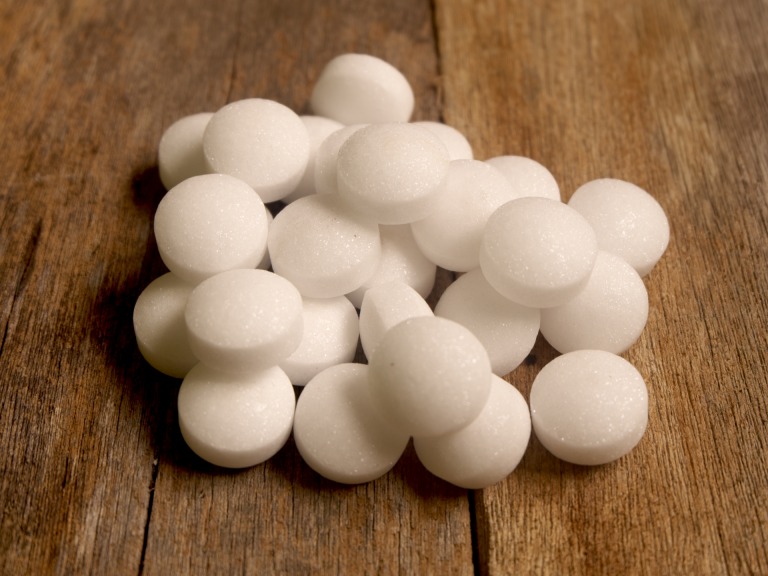Cleaning the chimney of a private house in various ways
What could be more beautiful than a country house with a fireplace? How pleasant it is to spend the evenings with the crackling of logs in a cozy warmth. Alas, this "convenience" also has a downside - the chimney, which needs regular cleaning. So, sooner or later the question arises: how to clean the chimney in a private house?

How to know when it's time to clean your chimney
Unfortunately, very often they remember about cleaning the chimney when the draft disappears and the smoke begins to go into the room. But this is an extreme degree of pollution, which can lead not only to inconvenience in operating a fireplace or stove, but also to a fire, or to carbon monoxide poisoning. So you shouldn't bring the pipe to such a state.

It is important to remember that any chimney needs regular cleaning. Over time, due to the soot that settles on the inner walls of the pipe, the passage narrows and a so-called reverse thrust effect appears.

And before you get started, consider the following factors:
- How long there was no cleaning.
- Chimney design: how smooth the inner walls of the pipe are, how long the structure has been in operation.
- What kind of fuel was used, did not melt plastic bottles and other debris not intended for the furnace.
- Was the fireplace heated with damp wood?
- How often were conifers (spruce, pine) used, as they emit a large amount of resins that settle on the walls of the chimney.
Signs that it is time to clean:
- Smoke color. Ideally, an almost transparent smoke should come out into the street. If it turns dark, this indicates a large amount of soot.

- The color of fire. If the flame is light orange in color, then everything is in order, but if the fire turns dark orange or orange in color, action must be taken.

- Chimney inspection. Oddly enough, even visually, you can see that the system needs cleaning. A little trick used by professional chimney sweeps: a load (special tool) is lowered into the pipe, the size is exactly the diameter of the pipe. If it passes freely, everything is fine, but if it rests against something, then you need to clean it.

Cleaning methods
Today, three cleaning methods are most often used: mechanical, biological (it can also be called "folk remedies") and chemical.

Mechanical
The vast majority of owners of fireplaces and stoves prefer to clean the chimney once a year before the start of the heating season. This is usually enough.The mechanical method is the most suitable in this case.

The advantage of this method is that the process can be carried out both from the inside of the house and from the outside, from the roof. In general, whatever is more convenient for you. If you decide to clean with a brush and do it from the roof of the house, do not forget to attach a load to it. You need to lower the brush gradually and carefully so that all the soot that has accumulated inside the pipe will catch on, and, at the same time, so as not to damage the pipe itself.

Disadvantages of this method:
- For a high-quality cleaning, you will need at least an hour;
- It is not always possible to climb onto the roof, and then this method is inapplicable;
- It is inconvenient to clean chimney elbows and hard-to-reach places with a brush.

Therefore, more often they clean the chimney from the house with a brush. To do this, you no longer need a load, but a flexible holder of sufficient length. By the way, flexible holders allow you to remove soot even in hard-to-reach places in the chimney.

Traditional methods
Since the stove has been used in Russia for a long time, it would be strange if over a long history the people did not come up with their own "know-how" for cleaning chimneys.

Potato peelings are one of the most common methods. For a full range of activities, you will need three buckets of dry potato peelings. You will need to burn a bucket of cleanings at a time, and repeat the procedure a total of three times. Starch has a cleaning effect. According to experts, potato chimney peels should be used only when there is little pollution. If the smoke channel is heavily clogged, then you cannot do without a mechanical method (load or brush).

Another common biological method is dry aspen firewood. Due to the fact that they burn quickly and hotly, the soot in the chimney is rapidly burned. The main thing is to observe precautions using this method, otherwise a fire may occur.

The third relatively simple and budgetary way of cleaning is salt. Just "add some salt to the wood." Then, during combustion, the salt will bind the soot and prevent it from settling on the pipe walls.

Alternatively, you can use naphthalene. It only takes one tablet, but be prepared that the smell will not be pleasant. By the way, as a "bonus" you will get complete disposal of unwanted guests (various insects), they certainly cannot stand this smell.

Chemical
Today, there are a lot of chimney cleaning products on sale. Their cost is different: from quite budget to very expensive. However, according to experts, these drugs do not have a significant difference in the degree of effect. So, choosing a chemical cleaning method, just get a product that you can afford.
Chimney cleaning is not a complicated process. The main thing is not to delay this issue and not wait for the last degree of pollution. And which means to choose is up to you.

VIDEO: Chimney cleaning is a simple and effective method.













